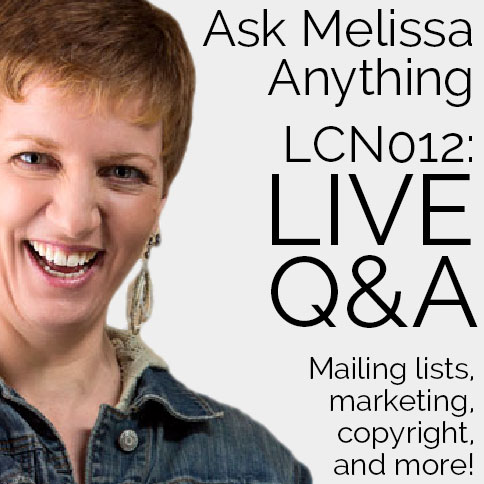
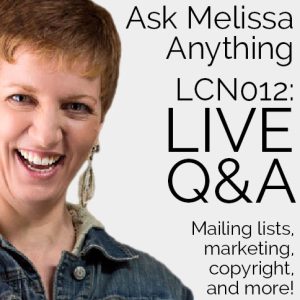 It’s another live Q&A! I fielded lots of questions around marketing, copyright, and business-related stuff this time, on topics ranging from mailing lists, to social media share buttons, to marketing strategies for new creative businesses, to a whole bunch of info related to copyright.
It’s another live Q&A! I fielded lots of questions around marketing, copyright, and business-related stuff this time, on topics ranging from mailing lists, to social media share buttons, to marketing strategies for new creative businesses, to a whole bunch of info related to copyright.
Note: If you’re reading rather than listening, you might want to have a listen for a quick message about Create & Incubate Retreat (which is coming up on August 19-23rd!) and how listeners can save $100! Just sayin’… 🙂
Plus, remember to enter the contest!
Now, on with the questions!
On Mailing Lists
Petrea asks (to paraphrase her question):
I am wondering how you set up this mailing list that you talk about so often. To start with, I’d love a definition: is it a mailing list through email, or is it another format or platform? And what are the various uses for it? Specifically, if I want to publish a book, how would a mailing list relate to that goal?
A mailing list is a collection of subscribers who have opted in to receive information and content from you.
Tips for Building a Mailing List:
- Sign up with an email service provider, such as MailChimp.
- Have your own website (not just a Facebook page or other social media page!)
- Put an optin form on every single page on your website, “above the fold” so it’s easy to find!
How to get people on your mailing list:
1. Never add people who don’t want to be there! It’s fine to start with friends and family, but get their permission first. Go ahead and email all your friends and family (making sure to put their addresses in the BCC field), let them know about your new newsletter or mailing list and inviting them to subscribe, and include a link to an optin form where they can sign themselves up.
Important: You only want people on your mailing list who want to be there.
First, because it’s the law! And second, sending email to people who don’t want to be on your list is called spamming, and I know you don’t want to be a spammer.
Don’t get discouraged when people don’t subscribe, or unsubscribe. When people unsubscribe, I do a happydance, because I know that the percentage of people on my list who truly want to hear from me has just gotten bigger! Yay!
2. Have something of value to offer to entice them to sign up:
3. It’s also good to have an additional “cookie” to entice them with (like my Imperfectionist Manifesto and Keys to Creative Flow poster).
4. Then start inviting people! In person, on Facebook, everywhere.
How to Add Social Media Share Buttons to Your Website
Marci asks:
I’m working on advertising more with social media. Is there an easy way to add Facebook share buttons, Pinterest buttons, etc?
If you’re using WordPress.org as your website platform, the best way to add social media buttons will depend on your site’s theme. The JetPack plugin has a lot of different functions, including lots of great sharing options, but dig around in your theme and do a Google search to find the best options for your particular theme.
Early Marketing Strategies
Claudia asks:
How long have you been intentionally working on your business, and what suggestions do you have regarding early marketing strategies?
Well, I started my calligraphy and ketubah business back in 1996 (yes, I’m that old!) I started Living A Creative Life in 2010, and came out with my first product, the Thriving Artists Project, in the fall of 2010, so it’s been about five years now.
Regarding early marketing strategies, I’m a big believer in the power of sharing your work, in whatever format that enables you to do that consistently in a way that nourishes you.
For example, blogging.
Blogging is a beautiful marketing strategy, because it enables people to connect with who you are and get to know you (and people buy from businesses they know, like, and trust!)
Blogging does not have to mean writing!
If you’re a photographer, you can do photo essays. If you’re a visual artist you could share process pics of your work with little stories of what was going on in your head when you created it, what inspired this piece, or little stories from your life.
People are really afraid to share personal stuff, and I do not advocate airing your dirty laundry, but the more you can share yourself and who you are, the more it’s going to give people an opportunity to connect with you. So when you share on your blog or social media it gives people a way to connect with you.
(If you’re a visual artist and would like some structured support around developing marketing strategies that work for you, I highly recommend Cory Huff’s Content Marketing for Artists course (that’s an affiliate link, btw).)
Remember, building a business is a long game. You have to approach it as a marathon, not a sprint.
As far as social media is concerned, it’s impossible to do all of them really well, unless you have an entire team working for you! So find one that you can wrap your head around, and that you can enjoy using, and just get to know that one platform.
You can tip your toe in the other platforms, too, if you want, but don’t stress about trying to master every social media platform out there! Focus on learning to use one that makes sense to you, and that you like using.
Some Tools for Automating Social Media
IFTTT.com – IFTTT stands for “If this, then that.” This is a free automation service that allows you to automate certain tasks, such as posting each new Instagram post to your Facebook page, or creating and publishing a blog post — automatically! — every time you post a photo with a particular hashtag to Instagram.
Buffer.com – A great tool that allows you to preschedule posts to multiple social media outlets (including Pinterest in the paid version!)
A Whole Bunch of Questions About Copyright
Claudia also asks:
I notice you put a copyright symbol on all your Instagram posts. How do you do that?
First of all, I no longer put the © symbol on my posts, because I’m more interested in making it easy for people to share my work widely than I am in aggressively protecting my copyright. I own the copyright regardless of whether I include the © symbol, but if I include it, people who are aware of copyright law (and respect it) are less likely to share without putting time and energy into getting permission from me.
The more hoops I make people jump through, the less likely they will be to share, and conversely, the fewer hoops, the more likely they’ll share.
Secondly, a note on copyright: I am not a lawyer, but as I said, you own the copyright regardless of whether you include the © notice on your work. You also own the copyright whether or not you register your work with the US Copyright Office. However, if you register your work (which can be done very easily online right here), your legal rights are dramatically increased if someone does infringe on your copyright.
Without registering, you can theoretically sue an infringer for actual damages. This means that if they sell your work and make $5 from the sale, you can sue them for $5.
On the other hand, if you register your work, you can sue an infringer for actual damages plus statutory damages, which, last time I checked, was $100,000 per infringment incident. So if someone were to infringe on your copyright and make $5, if your work is registered with the Copyright Office, you could sue for $100,005, not just $5.
Essentially, registering is designed to act as a deterrent, to prevent people from infringing in the first place.
The reality is, lawsuits are a huge hassle and hugely expensive, so it’s really unlikely that you’ll sue unless there’s a really good chance that you’ll benefit from it.
Creative Commons
If you go to my art shop, you’ll see that my images are watermarked not with the © symbol, but with a Creative Commons license. Check out CreativeCommons.org for more info on what these licenses are for.
By using the Creative Commons license on my work, I offer an easy way for people who are interested in using my work to know, right off the bat, what permissions I automatically grant them, without their having to ask me permission.
The symbol I use is shorthand for saying that people can share my unaltered work, but not sell it, as long as they give me proper credit.
In reality, because I haven’t put the time into putting the Creative Commons license symbols into the photo library on my iPhone, these days I usually watermark the images simply with my URL, MelissaDinwiddie.com, because I’m more interested in driving people to my website than I am in aggressively protecting my copyright.
How to Add a Watermark from Your Phone
My favorite tool for adding a watermark on my phone is the PhotoMarkr app. Here’s how it works:
- Take a photo as you normally would.
- Open up the app on your phone. (You can also skip the first step and take a photo right inside the app by tapping the camera icon.)
- Tap the lower left icon to access your photo library, and tap the photo you want to watermark.
- Tap the gear icon to set your copyright notice (you can type in any text you want, or even upload a watermark image), and select the color and font.
- Tap the © icon to place the watermark.
- Move, rotate and resize the watermark as desired.
- Tap the floppy disk icon (in the center of the row of icons) to save your watermarked image to your photo library.
Now you can use that image as you would any other image, upload to Instagram, Facebook, etc.
I also use an app called Over, which allows you to add fonts a little more creatively.
More on Copyright
My ideal protocol for registering my copyright with the US Copyright Office is to do it in batches every three months. Why?
1. By registering my work in a series (for example, a series might be “2015 Artworks – January through March”), I only pay one fee of $35, rather than $35 for each individual creation.
2. Last I checked, if you register your work, protection of your work is effective for three months prior to registration. In other words, if I created a piece on January 1, and someone infringed on February 1, but I don’t register my work until March 1, I’m still protected! Note that it may take several weeks to get your copyright documents, but copyright registration is effective the day you register.
Note: again, I am not a lawyer! None of the advice given here should be construed as legal advice, and I strongly encourage you to do your own research!
Reminder: Contest!
Don’t forget! To celebrate the launch of Live Creative Now Podcast, right now I’m running a contest — if you subscribe, and leave a review, you could win:
- a copy of The Art of Work, by Jeff Goins (who I’m going to be interviewing in a few weeks)
- autographed copies of my CDs of original music – Online Dating Blues, and My Ukulele (the Naked Sessions)
- a 12×18” poster of my Creative Sandbox Rules.
OR, the “grand prize,” a half-hour one-on-one session with me, to borrow my brain for anything you want — get past creative blocks, help with your creative business, whatever you want.
Click here for all the info on how to enter.
Thanks for Listening!
Thanks so much for joining me this week. Have some feedback you’d like to share? Leave a note in the comment section below!
If you enjoyed this episode, please share it using the social media buttons you see at the bottom of the post.
Also, please leave an honest review for Live Creative Now on Tunes! Ratings and reviews make a big difference in how the show is ranked, and that makes a big difference in helping other people find it, and that helps grow the Creative Uprising!
So you can be an important part of this movement simply by leaving a review.
Plus, if you have a question about living a creative life that you’d like me to address, type it into your review and you may just hear it featured on a future episode! (Yep, to incentivize you to leave a review, I prioritize questions that are left inside reviews. 🙂 )
If you’d also like your voice to be heard on the show, leave your question as a voice message right here.
And finally, don’t forget to subscribe to the show on iTunes to get automatic updates.
Now go get creating!

PS — Pssst! Know someone who might benefit from seeing this today? Pass it on!

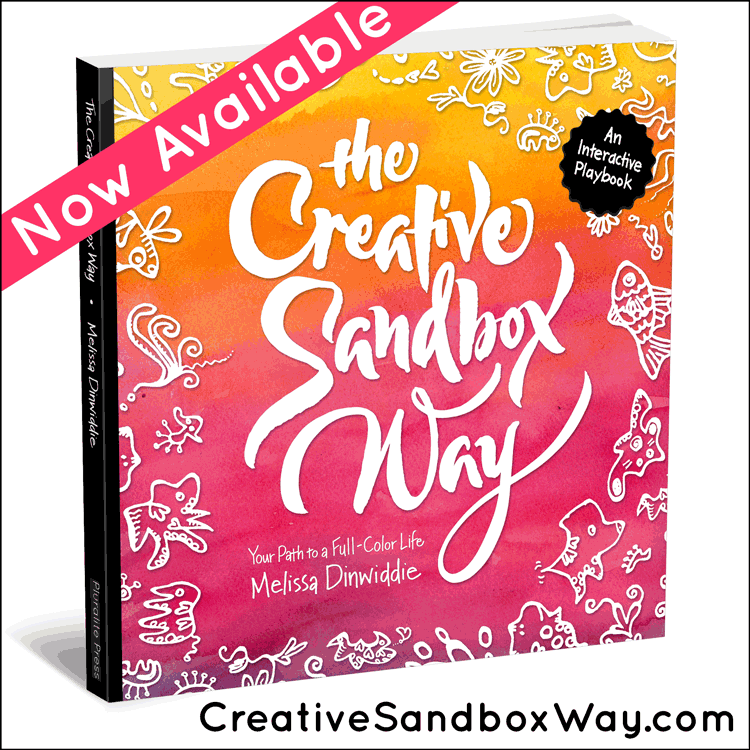
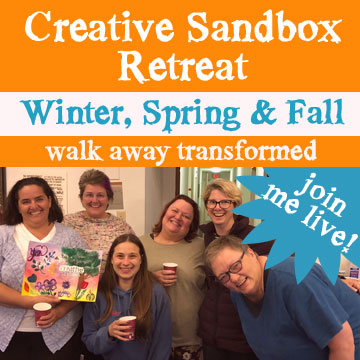
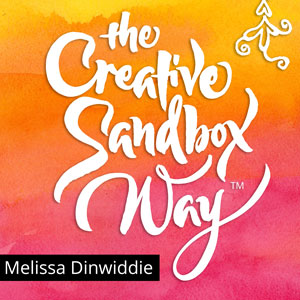

Leave a Reply